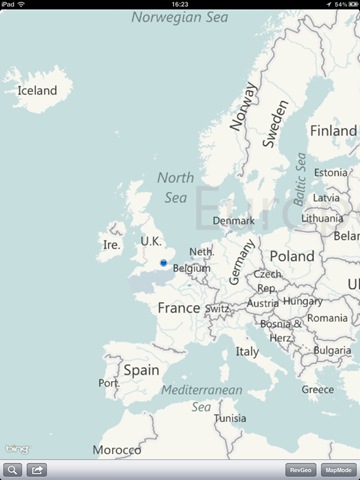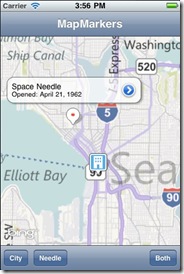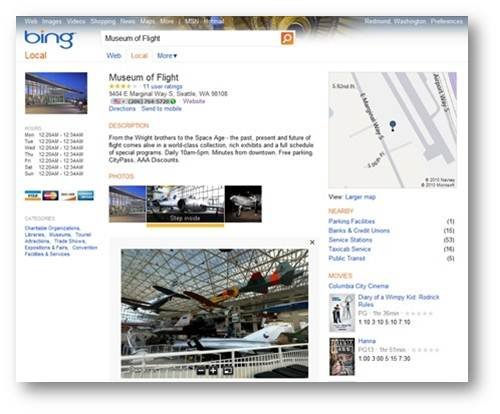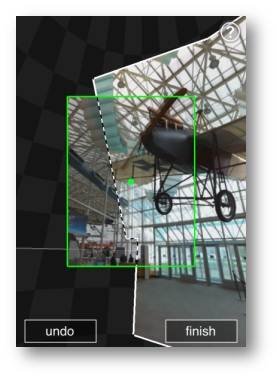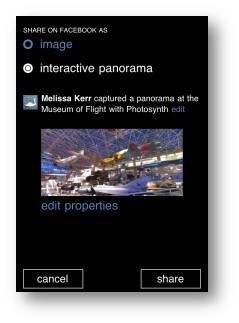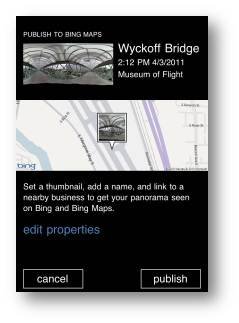Over the last year, Google launched a number of developer APIs, such as the Tasks API, the Books API, the Search API for Shopping, and the CustomSearch API. At Google I/O we announced a number of developer tools, such as the APIs Explorer and the APIs Console. Over that time, we have been actively developing a library to support the Microsoft .NET Framework.
Today we are announcing a major milestone by releasing the Beta version of the open source Google APIs Client Library for .NET. This includes service-specific libraries and samples for Google APIs, built on our new client library generation infrastructure. We’re now comfortable enough with the stability and features of the library that we want you to start building real production applications. Currently we support Microsoft .NET 3.5 and 4.0 and Mono 2.6.7 (and higher). In the future we hope to also support Windows Phone 7 and Microsoft Silverlight.
To demonstrate how easy to use the library can be, here is a snippet from the goo.gl sample to shorten a URL using the goo.gl service:
// Create an instance of the UrlShortener-service. var service = new UrlshortenerService();
// Make a "Shorten URL" request. string urlToShorten = "http://maps.google.com/";
Url response = service.Url.Insert(new Url { LongUrl = urlToShorten }).Fetch();
// Print the shortened url. string shortUrl = response.Id; Console.WriteLine(urlToShorten + " -> " + shortUrl);
